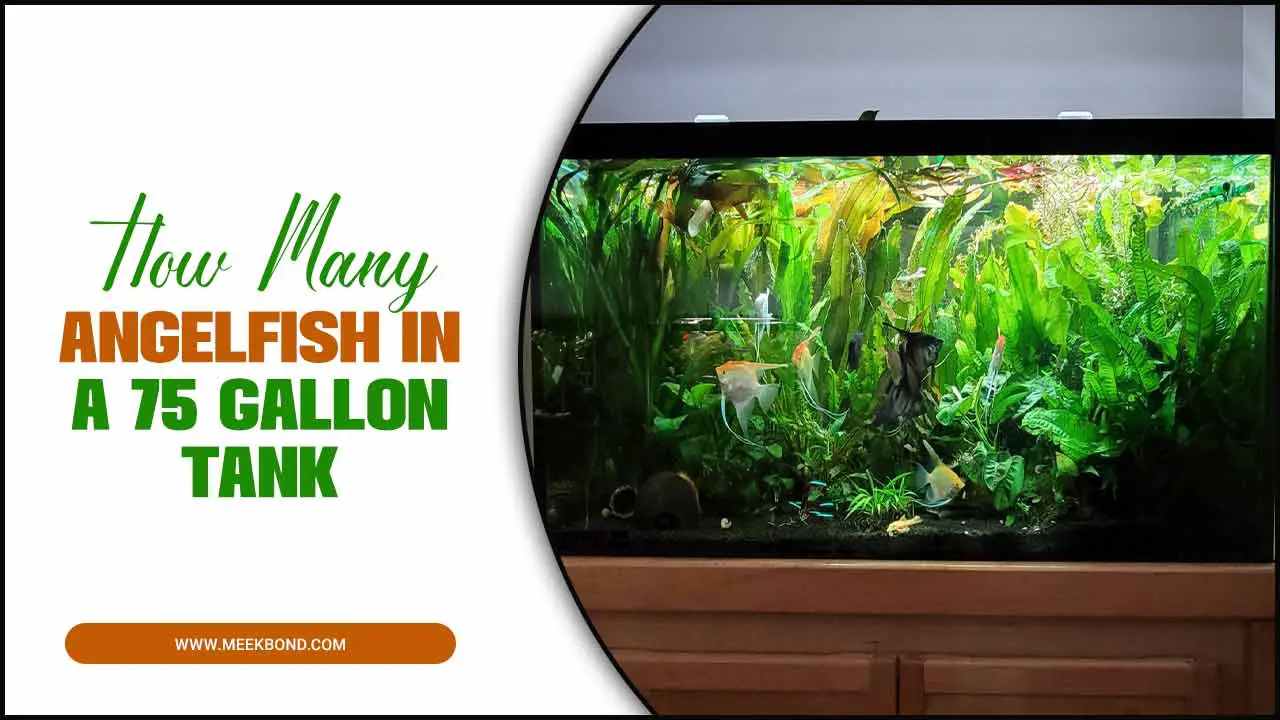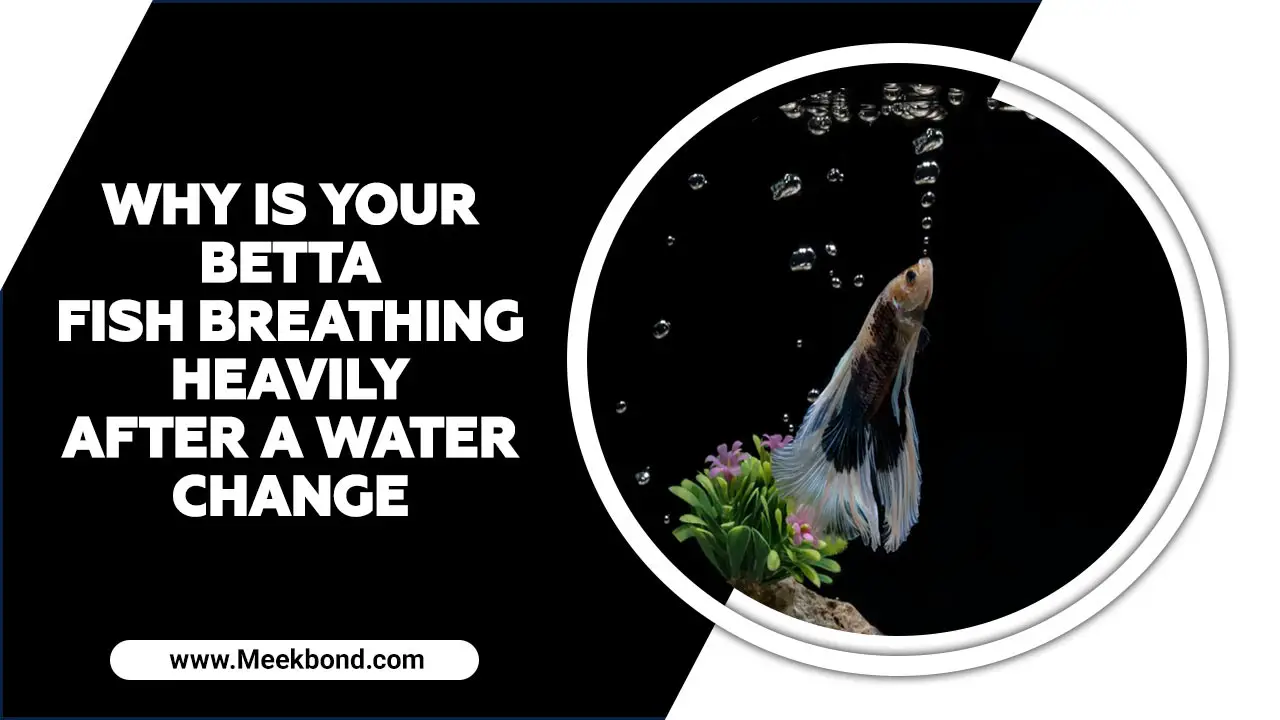You’ve likely come across Amano shrimp eggs if you’re an aquarist. These little eggs signify a healthy and happy shrimp population and can excite those breeding their own shrimp.
However, caring for Amano shrimp eggs can be a delicate matter that requires attention to detail and a certain level of expertise. Here, we’ll look closer at Amano shrimp eggs and how to care for them properly.
We’ll start by discussing the process of Amano shrimp breeding, including the conditions that need to be met for the shrimp to lay eggs. From there, we’ll move on to the specifics of caring for Amano shrimp eggs. Including the necessary equipment and techniques for ensuring their survival. We’ll also explore some common mistakes aquarists make when caring for Amano shrimp-eggs and how to avoid these pitfalls.
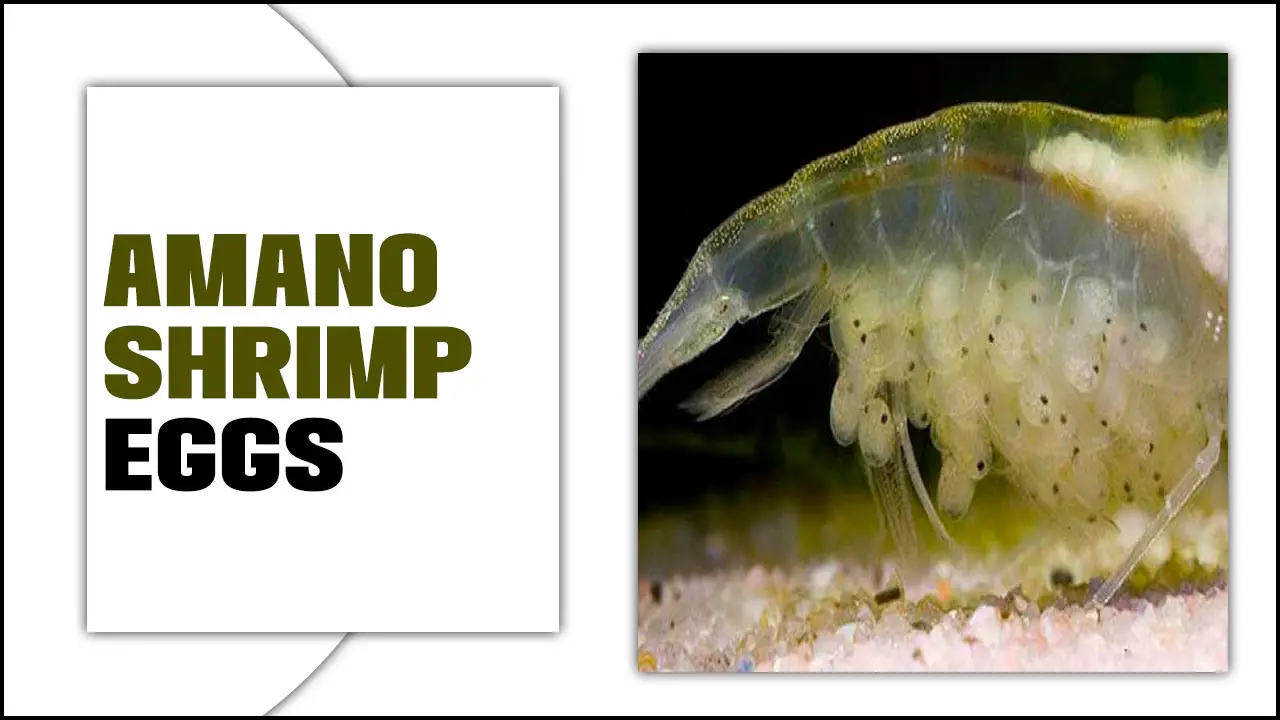
About Amano Shrimp
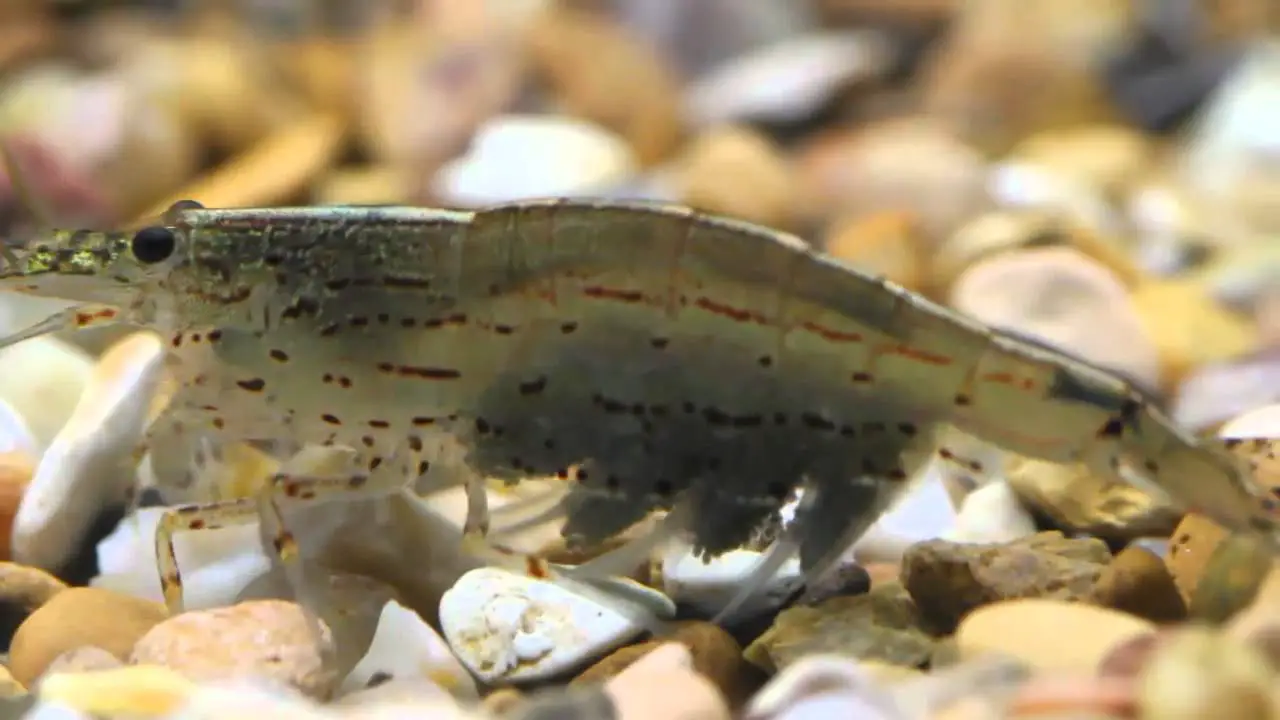
If you’re considering adding some aquatic life to your tank, you may want to consider Amano shrimp. These little critters are popular with aquarium enthusiasts due to their hardiness, ease of care, and unique appearance.
About 2 inches in length, Amano shrimp are popular for their translucent bodies, adorned with a distinctive array of red, green, and brown spots. They also have small, delicate claws that they use to graze on algae and other small particles in the water.
Amano shrimp are typically social creatures and can be kept in groups, provided the tank is large enough to accommodate them. They thrive in peaceful, well-maintained aquariums with plenty of hiding places and areas to explore. While they can be sensitive to changes in water conditions, they are generally hardy and easy to care for.
Amano Shrimp Eggs- 7 Caring Steps
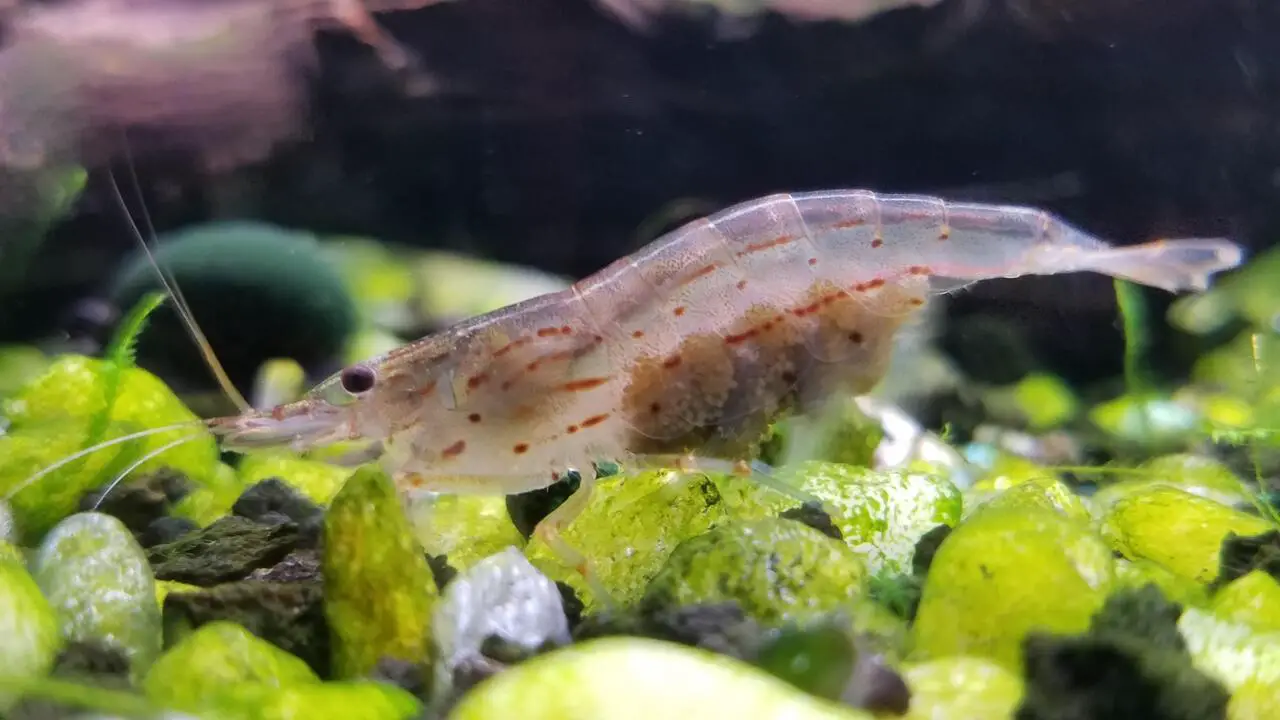
Amano shrimp eggs are a delicate and crucial stage of the life cycle of these aquatic creatures. Proper care is essential to ensure their survival and healthy development. Seven essential steps must be taken when caring for Amano shrimp eggs to ensure the best possible outcomes.
Here we give you step-by-step on Amano shrimp eggs- 7 caring steps.
Step 1: Creating The Ideal Environment For Amano Shrimp
Creating the ideal environment for Amano shrimp is essential for their health and well-being. These freshwater shrimp are popular for their peaceful nature and excellent ability to clean aquariums. To create the perfect environment, start by providing a planted tank with ample hiding places and a natural substrate. Amano shrimp are popular for their love of plant matter, so having a variety of live plants in the aquarium is a must.
It is also important to maintain stable water chemistry, with a pH between 6.5-7.5 and a temperature between 72-78°F. Amano shrimp are sensitive to ammonia and nitrite levels, so regular water changes and testing should be done to ensure optimal water quality.
An efficient filtration system is also necessary to remove waste and debris from the tank. To ensure your Amano shrimp get the nutrition they need, provide them with a balanced diet of algae and other plant matter. You can supplement their diet with specialized shrimp pellets.
Step 2: Providing Proper Nutrition For Amano Shrimp
Proper nutrition for Amano shrimp is crucial for their overall health and well-being. These small crustaceans are primarily herbivorous and require a diet rich in plant-based materials. One of the best ways to ensure that your Amano shrimp are getting the nutrients they need is to provide them with various foods.
This can include algae wafers, blanched vegetables such as zucchini or spinach, and even small amounts of protein-rich foods like shrimp pellets or fish flakes. However, it’s important to note that Amano shrimp should never be overfed, which can lead to water quality issues and health problems.
Another key aspect of providing proper nutrition for Amano shrimp is ensuring their food is easily accessible. These shrimp are popular for their scavenging behaviour, so it’s important to provide them with a clean substrate and plenty of hiding places where they can find and eat their food.
Step 3: Monitoring Water Quality For Amano Shrimp
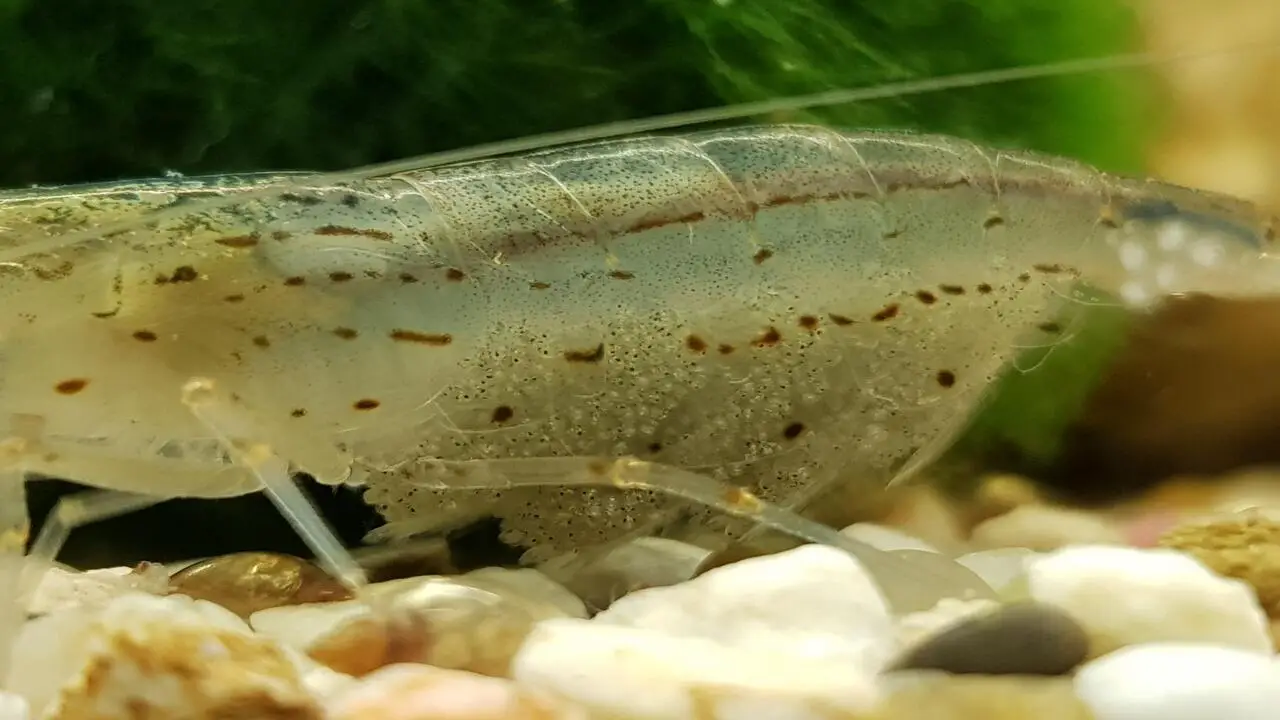
Monitoring the water quality is crucial for keeping Amano shrimp healthy in their habitat. The Amano shrimp is a sensitive species, and their survival and growth depend on the quality of water. It is essential to maintain the right parameters of water quality to avoid stress, disease, or even death in the Amano shrimp. The essential monitoring parameters include temperature, pH, ammonia, nitrite, nitrate, and dissolved oxygen.
Various test kits and instruments can measure these parameters, and regular monitoring can help identify any changes or issues in water quality. If the water quality is not within the optimal range, it is necessary to take corrective action to ensure the Amano shrimp’s survival and well-being. One of the corrective measures is to conduct partial water changes to dilute any pollutants or toxins that may have accumulated in the water.
Step 4: Understanding The Amano Shrimp Breeding Process
Understanding the Amano shrimp breeding process is crucial for those who want to breed and raise these fascinating creatures successfully. Amano shrimp, also known as Caridina multidentate, are native to Japan and have become increasingly popular among aquarium enthusiasts due to their unique appearance and beneficial roles in aquarium ecosystems. Billing Amano shrimp in a suitable environment mimicking their natural habitat is important.
This includes a stable water temperature between 75-80°F, a pH level between 6.5-7.5, and a well-filtered tank with plenty of vegetation for the shrimp to hide and feed on. When mating, the male Amano shrimp will chase the female around the tank until she is ready to mate. The female will then release her eggs, and the male will fertilize them. It is important to note that Amano shrimp larvae have very specific needs and require high care. They must be fed a specialized diet.
Step 5: Collecting Amano Shrimp Eggs
Collecting Amano shrimp eggs is important for breeders and enthusiasts who want to increase their population. Amano shrimp are popular for their unique appearance and easy-to-care-for nature, making them popular among aquarium owners. However, their breeding process can be challenging, requiring specific water conditions and the right environment to lay their eggs.
To collect Amano shrimp eggs, one must ensure the tank water is clean and contaminant-free. Then, closely monitor the shrimp for signs of mating, such as the male carrying the female’s eggs on his legs or the female hiding in a secluded area.
Once the eggs are laid, carefully scoop them up with a fine mesh net and transfer them to a separate tank with similar water conditions. Keeping the eggs away from predators or other shrimp is crucial, as they can easily be eaten or destroyed. With patience and diligence, the collected Amano shrimp eggs can hatch into healthy.
Step 6: Caring For Amano Shrimp Eggs
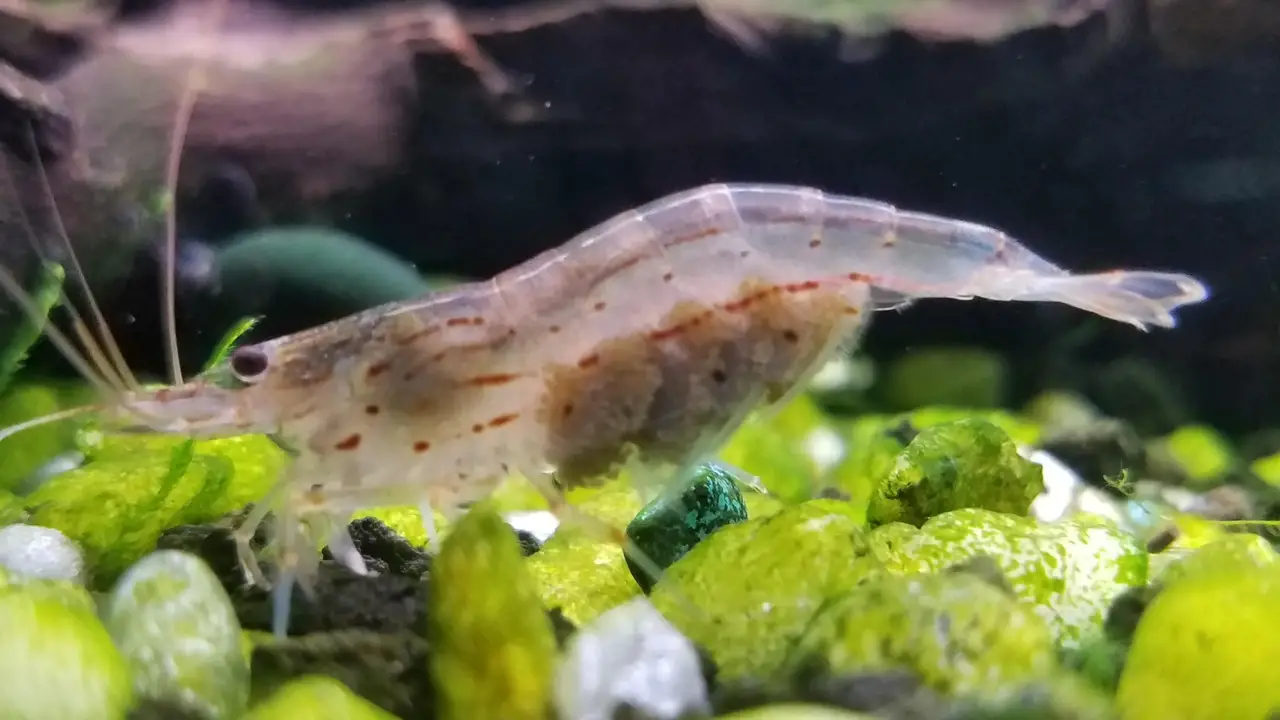
Amano shrimp are a popular freshwater aquarium species for their hardy nature and ability to keep tanks clean by eating algae. If you have Amano shrimp in your aquarium, you may interested in learning how to care for their eggs. Here are the steps you can follow to care for Amano shrimp eggs:
- Identify the eggs: Amano shrimp eggs are small and transparent, and they are usually attached to plants, rocks, or other aquarium surfaces. They typically hatch in about three weeks, so it’s important to watch them.
- Create a safe environment: Amano shrimp eggs are fragile and can easily be damaged by water currents or other aquarium inhabitants. To protect them, consider creating a separate breeding tank or using a breeding net to isolate the eggs.
- Monitor water quality: To ensure the health of the eggs, it’s important to maintain good water quality in the breeding tank. Keep the water temperature around 75-80 degrees Fahrenheit and test the water regularly to ensure the pH, ammonia, and nitrate levels are all within safe ranges.
- Feed the parents: Amano shrimp will continue to eat and grow while carrying their eggs, so ensure they have plenty of food during this time. A varied diet that includes algae, pellets, and other protein sources will help keep them healthy and strong.
- Watch for hatching: After about three weeks, the Amano shrimp eggs should begin to hatch. Once the shrimp larvae are free-swimming, you can move them to a larger tank or release them into the main aquarium.
By following these steps, you can successfully care for Amano shrimp eggs and help ensure the survival of the next generation of these fascinating creatures.
Step 7: Hatching And Raising Amano Shrimp Larvae
Hatching and raising Amano shrimp larvae can be a challenging but rewarding experience for any aquarium enthusiast. Here is a step-by-step guide on how to successfully hatch and raise Amano shrimp larvae:
- Set up a breeding tank: Amano shrimp require specific water parameters to breed, including a pH range of 7.0-8.0 and a temperature range of 75-82°F. Use a tank with a sponge filter and a heater to maintain these conditions.
- Introduce adult shrimp: Add male and female Amano shrimp to the breeding tank. Ensure there are plenty of hiding spots and live plants for the shrimp to lay their eggs.
- Observe egg laying: Amano shrimp lay their eggs on hard surfaces like rocks or aquarium glass. Watch for the female shrimp laying her eggs, appearing as small green or brown dots.
- Transfer eggs: After laying them, carefully transfer them to a separate hatching container. Use an airline and an air stone to provide oxygen and gentle water flow to the eggs.
- Monitor hatching: Amano shrimp eggs typically hatch within 2-3 weeks. Keep a close eye on the hatching container and remove any unhatched eggs or dead larvae.
- Feed larvae: Amano shrimp larvae require microscopic food such as algae and infusoria for the first few weeks of their life. Once they are large enough, introduce baby brine shrimp and other small foods.
- Monitor water quality: Keep the hatching and rearing containers clean and monitor water quality regularly. Amano shrimp larvae are sensitive to changes in water parameters, so ensure that the water is consistently within the correct range.
Following these steps, you can successfully hatch and raise Amano shrimp larvae into healthy adult shrimp. It may take some time and patience, but the end result is well worth it.
Troubleshooting Common Problems In Amano Shrimp Egg Care
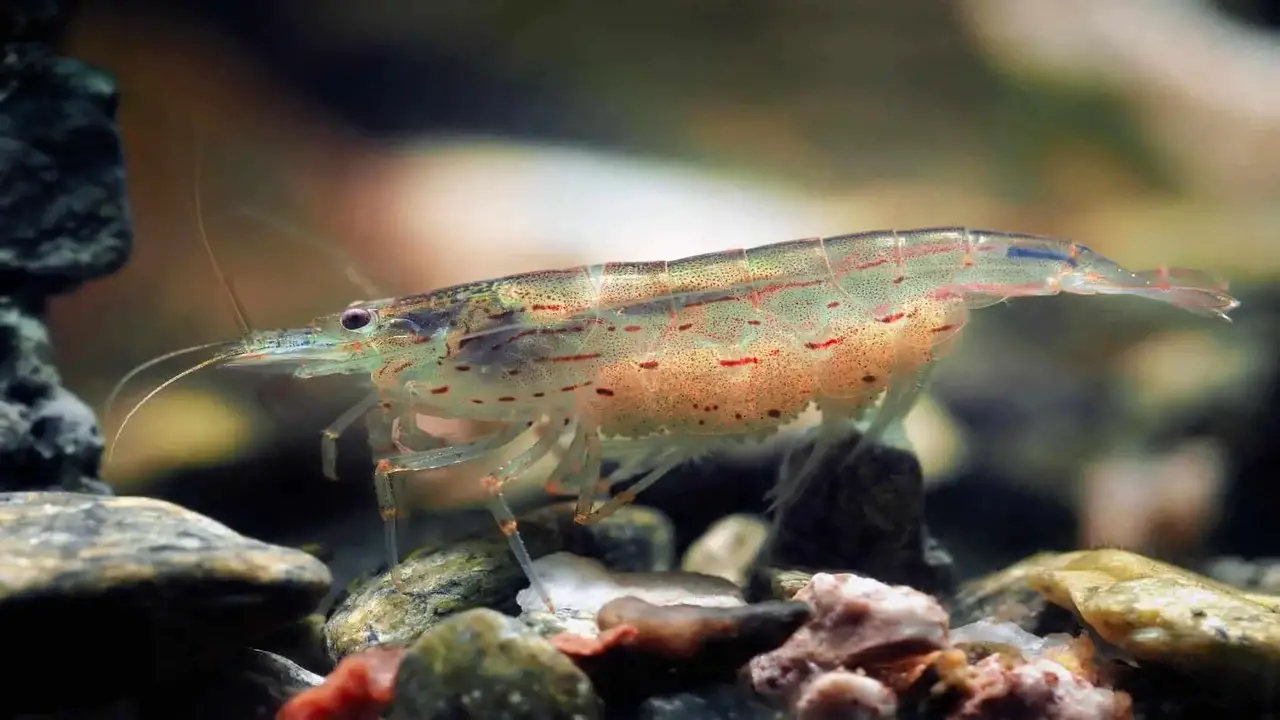
Amano shrimp egg care can be a challenging task for new shrimp breeders. Troubleshooting common problems in Amano shrimp egg care requires a keen eye and attention to detail. One of the most common problems is the presence of fungus in the eggs. Fungus growth can be caused by poor water quality, lack of oxygen, or insufficient water flow. To prevent fungus growth, maintain a clean tank, ensure proper water parameters, and provide adequate oxygenation and water flow.
Another problem that shrimp breeders may encounter is the lack of hatchability of the eggs. This can be due to poor genetics, inadequate nutrition, or improper water temperature. To address this problem, you should select healthy and genetically diverse shrimp for breeding, provide a well-balanced and nutritious diet, and maintain the water temperature at the appropriate level. Finally, a common issue in Amano shrimp egg care is the cannibalization of the eggs by adult shrimp. This can be a natural behaviour.
Conclusion
Caring for Amano shrimp eggs requires close attention and dedication to ensure that the eggs develop into healthy, thriving larvae. To guarantee the highest rate of success, it is essential to adhere to the seven steps outlined in this article.
It is important to provide the optimal conditions for the eggs to develop, including ensuring that the water parameters are within the correct range, that the levels of filtration are adequate, and that the shrimp have access to a nutritious diet.
Breeders ensure that the larvae will hatch and thrive in their tank by providing the eggs with the correct environment. Only caring for the Amano shrimp eggs properly leads to successful breeding programs.
FAQs
How Long Does It Take For Amano Shrimp Eggs To Hatch?
Typically, Amano shrimp eggs take between 20 and 30 days to hatch into larvae. The eggs should be kept in a stable temperature and humidity environment during this time. The temperature should range between 68 – 78°F (20 – 26°C), and the humidity should remain between 70 – 80%. The eggs should also be kept in an aquarium with plenty of oxygenation, such as using an air stone, filter or other technique.
What Do Amano Shrimp Eggs Look Like?
Amano shrimp eggs are particularly small, usually measuring between 1.5 and 2 millimeters in diameter. They have a distinctively round shape and often have a greenish tint. The eggs are usually attached to the female’s swimmerets, which protects them and helps them remain attached to the female. The eggs typically hatch within 10 days of being laid, releasing tiny Amano shrimp larvae into the water.
How Many Eggs Do Amano Shrimp Typically Lay?
Amano shrimp are an especially prolific species of freshwater shrimp, capable of laying 50 to 500 eggs in a single brood. The eggs typically hatch within 10 to 14 days, and the larvae will grow to adulthood within two to three months. These hardy and resilient shrimp make them a great addition to any aquarium. They are also very active, grazing on algae and other biofilm, helping to keep the tank clean.
How Can You Tell If Amano Shrimp Eggs Are Fertile?
Fertile Amano shrimp eggs are typically larger than other ones and will have a dark spot or “eye” near the center. The “eye” is a small indentation in the egg, indicating it is fertile. The eggs will also often have a lighter-colored ring around the outside that indicates the presence of the developing embryo. The eggs will often have a slightly translucent appearance and sometimes have a whitish hue.
How Long Do Amano Shrimp Live After Laying Eggs?
Female Amano shrimp have a short lifespan, often dying shortly after laying eggs. This starkly contrasts the species’ males, who can live for several months after the eggs have been laid. This is due to the fact that the males are responsible for protecting and caring for the eggs, ensuring their survival until they hatch. This extended lifespan can be an advantage for the males, giving them time to find a new mate and reproduce.

Aquarium passion is all about connecting with the aquatic life and providing education to the public on the importance of these creatures. We showcase a wide variety of marine life through our exhibits as well as working with schools to provide unique learning opportunities for students of all ages.



